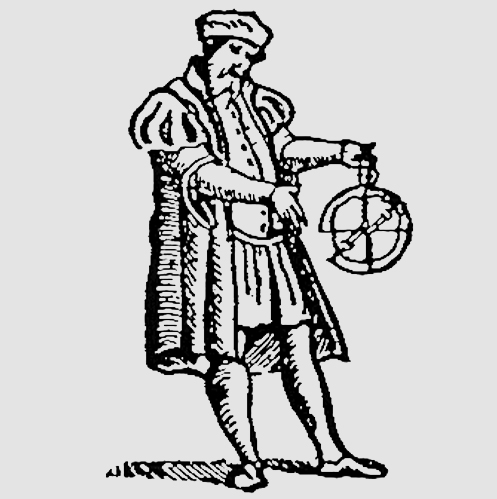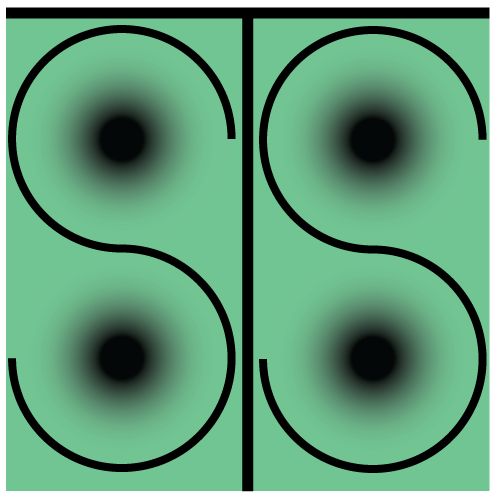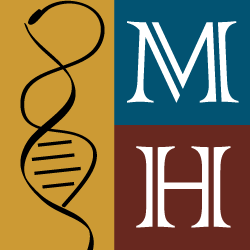Date/Time
Friday
3 Nov 2017
4:00 pm - 6:00 pm
Location
Faculty Club
Event Type
Non-CSTMS Event
Ruth Rogaski
Associate Professor of History, Vanderbilt University
& Wen-hsin Yeh (as discussant)
Richard H. and Laurie C. Morrison Chair Professor of History, UC Berkeley
What is the relationship between the air we breathe (in Chinese, kongqi) and the qi of Chinese medicine? This talk explores the history of this intersection in order to better understand the cultural underpinnings of the connection between health and environment in China today. Typically translated into English as “vital energy,” qi has long been at the core of traditional Chinese conceptions of nature, the cosmos, and the human body. In classical medical texts, qi was intimately linked to air, but qi could not be reduced to an equivalence to atmosphere alone. Ever since the European Jesuits tried to tutor Chinese scholars about the Four Elements, Westerners had attempted to persuade Chinese to embrace “air” and leave qi behind. By the late nineteenth century, translated texts about chemistry, physiology, and medicine began with treatises on the existence of air and gas. Impacted by these texts, physicians of Chinese medicine selectively adopted certain aspects of Western science into their understanding of qi, yet maintained an understanding of qi as something that went beyond air. The talk concludes with some musings about the relationship between qi and air today, in an era when enthusiasm for the health benefits of qigong coexists with the presence of an increasingly unbreathable atmosphere.
Talk to be held in the Heyns Room of the Faculty Club.
ccs@berkeley.edu, 510-643-6321



